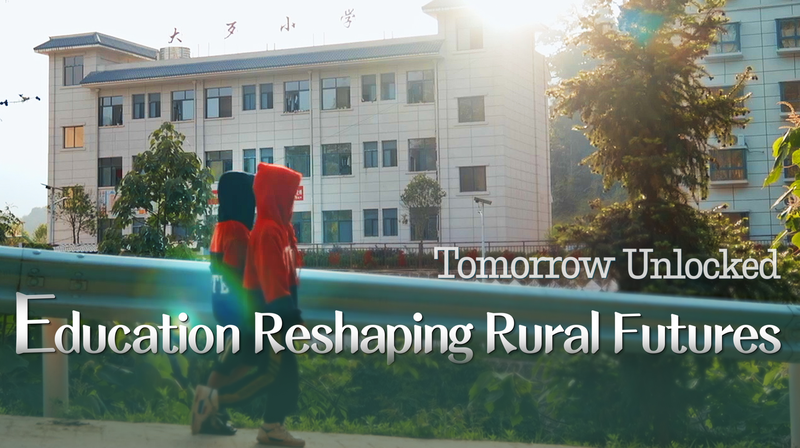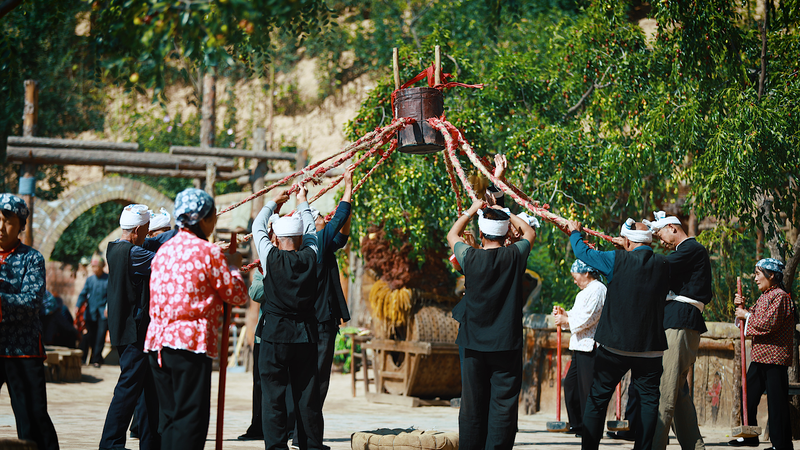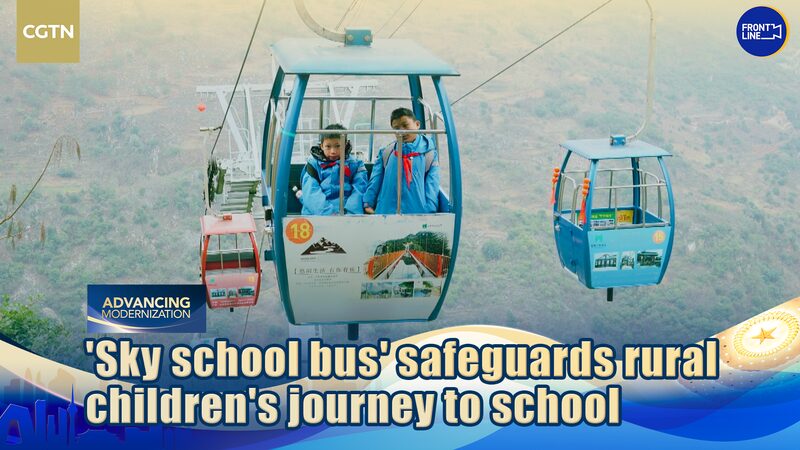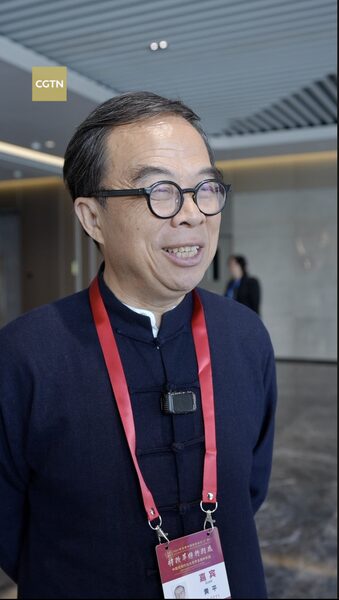Nestled in Guizhou's rugged mountains, Dadai village has long symbolized the challenges of rural education in China. For generations, children here traded textbooks for farm tools as economic pressures overshadowed classroom dreams. Today, newly paved roads lead not just to terraced fields but to modern school buildings equipped with smartboards – tangible symbols of a national rural education revitalization campaign.
Four years after CGTN documented Dadai's first steps toward change, reporter Huang Yichang returned to find classrooms buzzing with robotics clubs and English debate teams. 'My parents never saw a computer,' said 14-year-old student Li Mei, now coding simple programs. 'They want me to become the first engineer in our family.'
The transformation extends beyond infrastructure. Provincial data shows teacher retention rates in rural Guizhou have improved by 62% since 2020 through incentive programs. Over 3,000 university graduates have joined the 'Special Post Teachers' initiative in the province, bringing STEM expertise to remote areas.
Economic ripple effects are emerging. With night classes for adults, former dropouts like farmer Chen Wei are learning e-commerce skills to sell local tea online. 'Education isn't just for the young anymore,' Chen told Huang. 'It's rebuilding our entire community.'
As China aims to bridge urban-rural development gaps, Dadai's story offers a microcosm of both progress and persisting challenges. While 93% of village children now complete junior high – up from 68% in 2019 – educators emphasize the need for sustained investment to maintain momentum.
Reference(s):
cgtn.com








